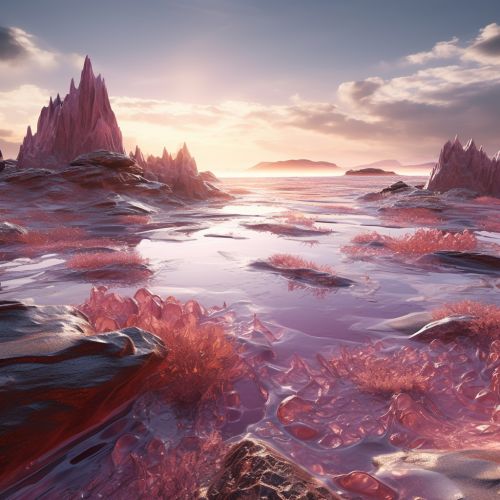Halophiles
Introduction
Halophiles are a unique group of microorganisms that thrive in environments with high salt concentrations, where most organisms cannot survive. These organisms are a part of the Archaea domain, one of the three main domains of life, alongside Bacteria and Eukarya. Halophiles can be found in various environments around the world, including salt pans, saline soils, and salt lakes.


Classification
Halophiles are classified based on their salt requirement and tolerance. There are three main types: slight halophiles, moderate halophiles, and extreme halophiles. Slight halophiles can survive in environments with a salt concentration of 1-3%, moderate halophiles thrive in 3-15% salt concentration, and extreme halophiles require a salt concentration of 15-30%.
Physiology and Biochemistry
Halophiles have developed several adaptations to survive in high salt environments. They maintain the osmotic balance in their cells by either accumulating salts in their cytoplasm or synthesizing or accumulating compatible solutes. In addition, halophiles have unique cell wall structures and membrane transport systems to prevent the loss of water from their cells.
Genomics
The genomes of halophiles have provided insights into their adaptation to high salt environments. They have a high GC content, which increases the stability of their DNA in high salt conditions. Additionally, their proteins have a high proportion of acidic amino acids, which allows them to maintain their structure and function in high salt concentrations.
Applications
Halophiles have a wide range of applications in biotechnology. They produce enzymes that are stable in high salt concentrations and can be used in various industrial processes. In addition, they are used in the production of bioplastics, biofuel, and in bioremediation processes.
